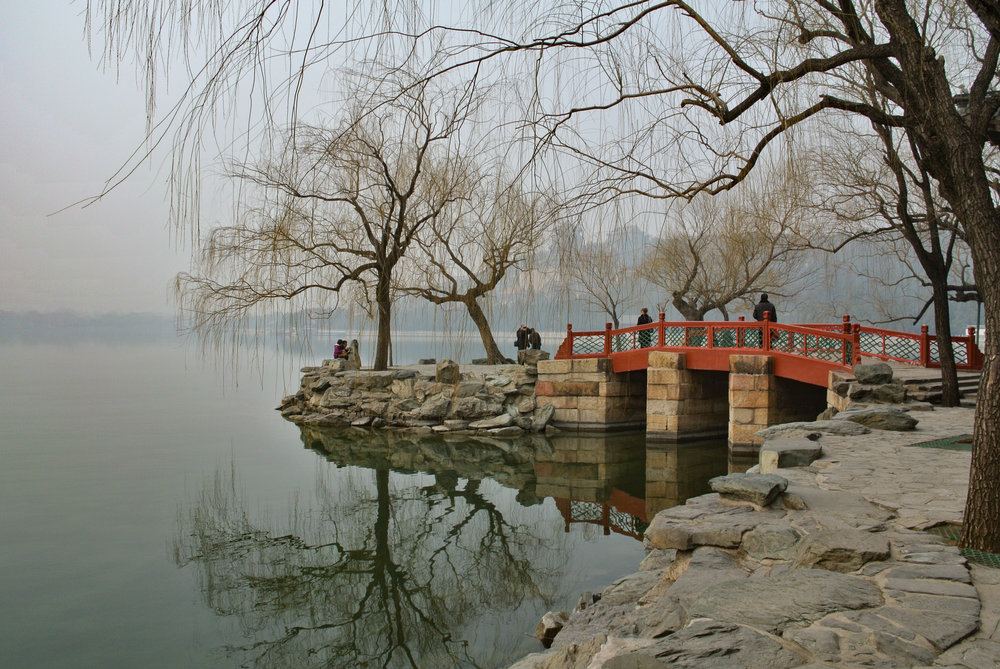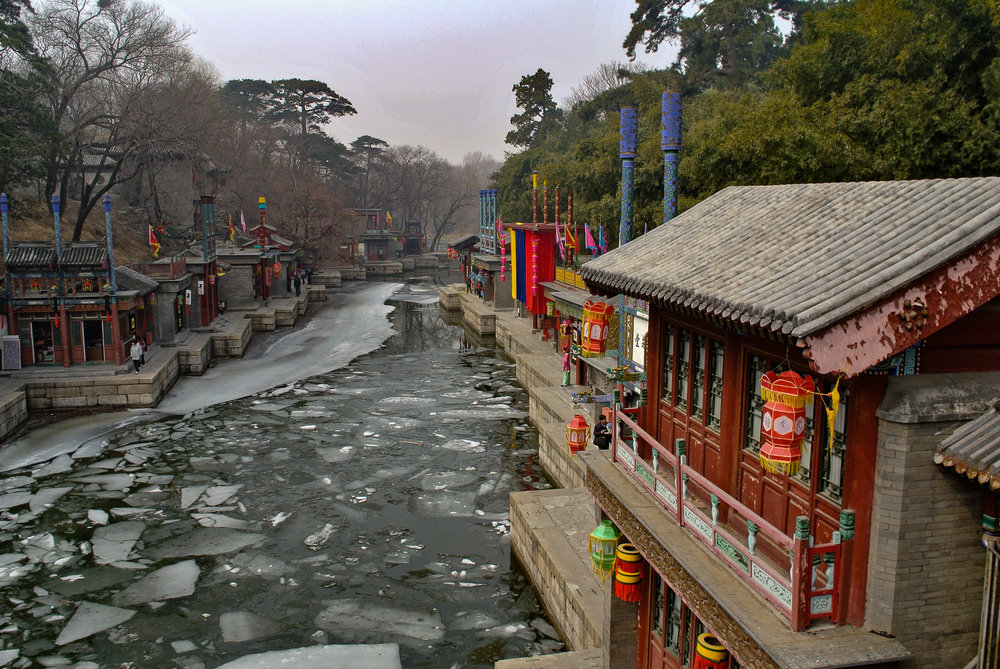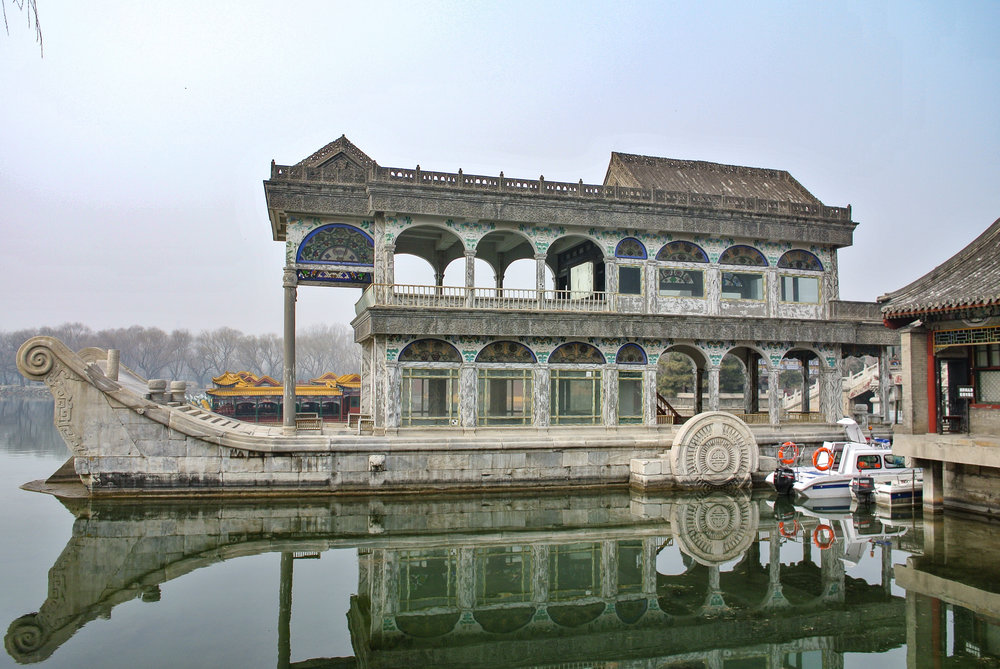
As with King Charles II, Nikon’s innovative Nikon 1 system camera has been an unconscionable time dying. Back in 2016, I noticed that it had been confined to an obscure corner of Nikon’s Photokina exhibit and, since then, its death has been reported on numerous occasions. This time, though, it’s for real.

In many ways, the Nikon 1 — introduced in 2011 — was a great little camera and pioneered the one-inch sensor (Nikon’s “CX” crop-sensor) which has found such favour in cameras such as the Sony RX100, the Canon G9X and the new Leica C-Lux. This sensor has proved an excellent compromise for long zooms because it is small enough to keep long lenses small yet large enough to produce excellent results. Seven years ago Nikon claimed the world’s fastest autofocus system, based on hybrid phase/contrast detection that even now is not universal.
Incidentally, though it is called “one-inch” it is actually considerably smaller than you might imagine — some 0.35 x 0.47in or 9 x 12mm. This 108mm2 area compares with the 384mm2 of an APS-C sensor or the 864mm2 of a “full-frame” 35mm sensor. Even the m4/3 sensor is over twice as large as the one-inch. Despite this, the one-inch sensor is capable of excellent results and has the overarching advantage of minimising the size of the camera and lens. In fact, as Sony has proved with the RX100 series, the one-inch sensor makes the ideal travel companion. It is pocketable whereas even m4/3 is not.
The difference with the Nikon 1 was that it was an interchangeable-lens system camera, very compact and potentially great for travellers who like to pack light. The lenses weren’t bad, not great, and generally slow. But there was little interest from third-party lens makers and no real enthusiasm for the system among photographers. It’s a pity because I believe a one-inch ILC system could be capable of great things. As it is, Nikon failed to develop the system and has now discontinued it. The company is now said to be entering the full-frame system market with a camera to challenge the Sony a7 series and we can only hope that it makes a better job of it than it did with the Nikon 1.
__________
- Subscribe to Macfilos for free updates on articles as they are published
- Want to comment on this article but having problems?



The Nikon 1 J5 and V2 are my ‘grab and go’ cameras especially with the superfast focusing Nikon 1, 70-300mm lens (FF equivalent 189-810mm) which when coupled with third party extension tubes is a superb optic for insect photography. Unfortunately the Nikon 1 system tended to suffer from poor / average reviews but few reviewers likely fully explored its potential or the versatility and superfast AF speed of the Nikon 1 lenses. I tend to take reviewers’ comments with a pinch of salt; their comments and findings can be copycat contagious. Thomas Stirr’s ‘in depth’ knowledge and vast experience with the Nikon 1 system https://tomstirrphotography.com/nikon-1-maligned-misunderstood persuaded me to acquire a s/h Nikon V2 and J5 and I also adopted Thomas’ idea to use the superb Zacuto 2.5x mag. finder on the J5 – converting it into a superb ‘large finder’ tool camera. Reviewers often cite the superiority of the M4/3 system when they criticise Nikon’s 1" sensor offerings but I challenge anyone to try both the Nikon 1 70-300 and PanaLeica 100-400 and compare their attributes. The Nikon 1 70-300mm will fit into the smallest Billingham bag and it offers a greater zoom range … and Thomas Stirr’s results prove its professional imaging capability. The Nikon 1 system is discontinued but continues to have a dedicated following. Secondhand ‘1’ bodies and lenses do not sit on dealers’ shelves for long … especially the later bodies … in fact the V3 appears to be so scarce and sought after in the UK that it commands a premium price.
I always had a soft spot for the Nikon 1….
Firstly good to see you are okay, I was beginning to wonder where you had disappeared to over the weekend. I was thinking of writing that email this morning, and then thought I would wait and just check you hadnt been enjoying the fabulous weather, and the warmest summer since 1976 (by my reckoning).
Interesting that they announce this as Nikon are rumoured to shortly show their hand in the full frame mirrorless market. Potentially next week we could know one or even the two rumoured cameras from Nikon to take on the Sony A7 range. At least this might spice that market area up a little, but at the expense of this camera.
The next few months could be fun to see how this all unfolds. Maybe they will bring about another smaller sensored camera line – although there is no current APSC mirrorless rumours for Nikon that I have read of late. If the new full frame mirrorless cameras are sucessful, it would sensible to think Nikon will expand and use the technology elsewhere, more so to make money out of the time spent in R&D.
If you want a full frame interchangeable lens systemed camera – we could have many options old and new going forward. But choice is not always the best thing.
Yes, wonderful weather. I’m back, as you see, and I have written something for tomorrow on Nikon.
I will look forward to reading tomorrow’s article, as I am intrigued by Nikon’s potential entry in this area.
Happy Days
Nikon’s timing with the 1 could not have been worse with the rise of smartphones. Time will tell whether the market for EVF based cameras is sustainable in the long run. Sony, Fuji, Olympus etc have a fair head start on Nikon. There are shades of Kodak here, although most pros still use ‘flappy mirrors’.
William